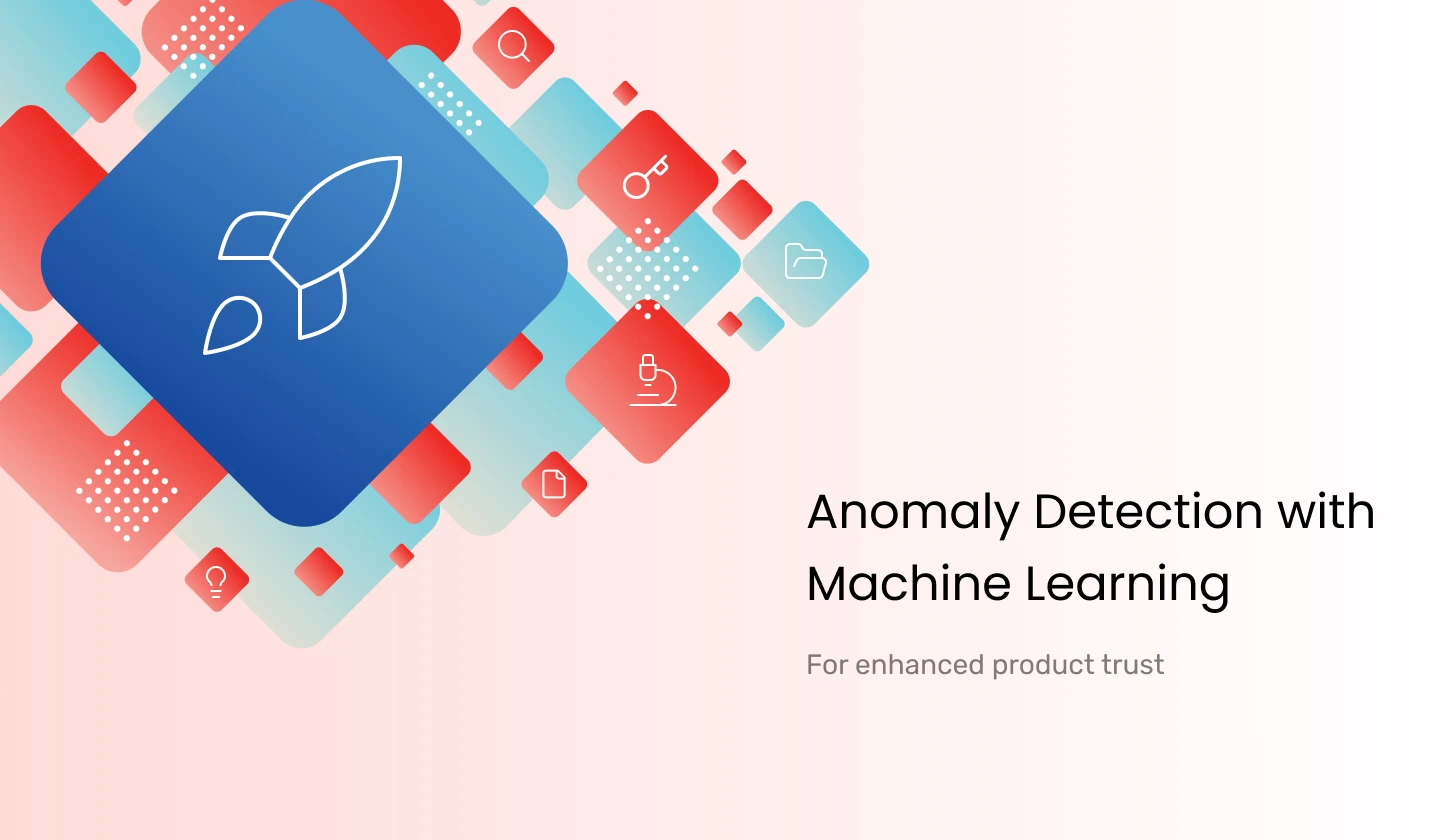If you’re here, there’s probably a lot going on.
Maybe your team’s been trying to get an ML use case off the ground, but it’s stuck in experimentation.
Maybe leadership wants results, and you’re short on time, people, or clarity.
Maybe you’ve got a product that should be smarter by now — however internal priorities keep pushing it down the list.
But . . . will a machine learning consulting company actually help you move faster, hit real outcomes, and save you from spinning your wheels?
This guide is for that exact moment.
We’ll talk real numbers, what usually goes wrong, how to know if you’re ready, and when not to hire a firm — even if it sounds like the right move.







 12 mins
12 mins







 Talk to Our
Consultants
Talk to Our
Consultants Chat with
Our Experts
Chat with
Our Experts Write us
an Email
Write us
an Email





